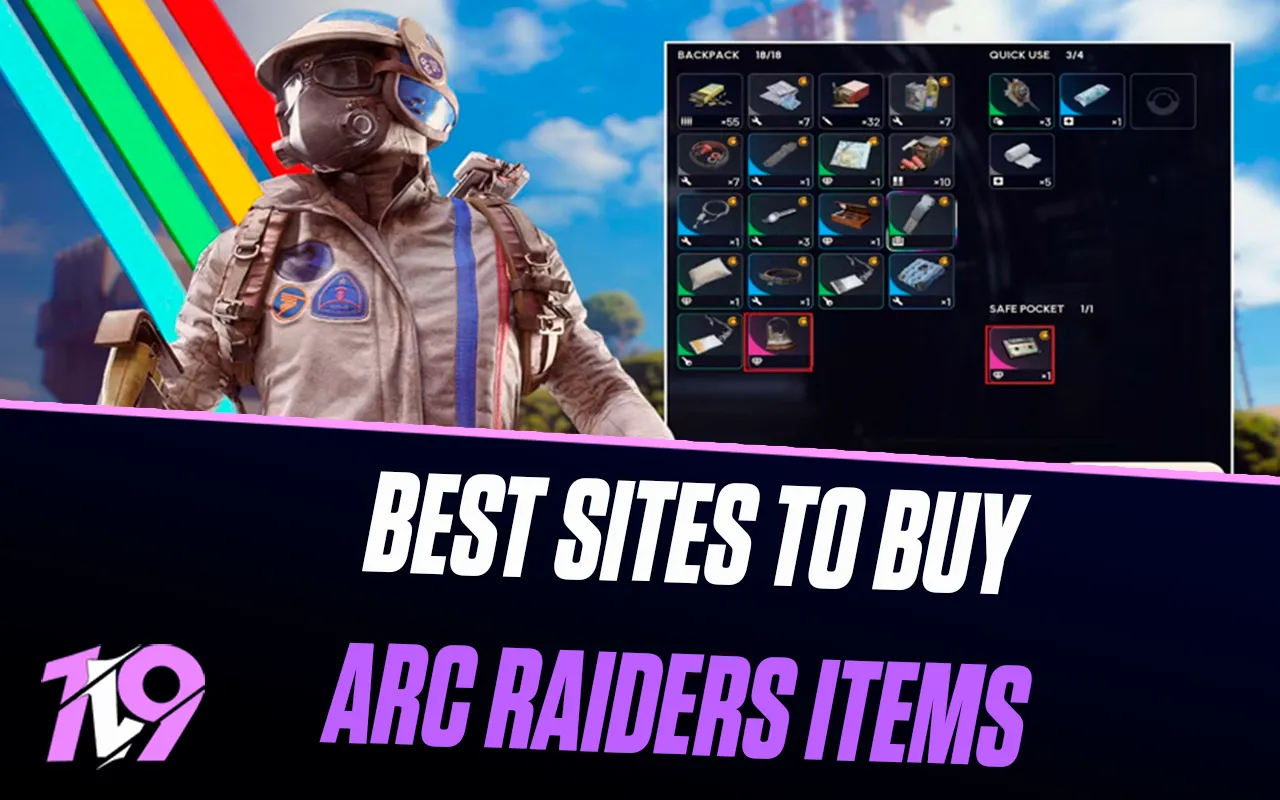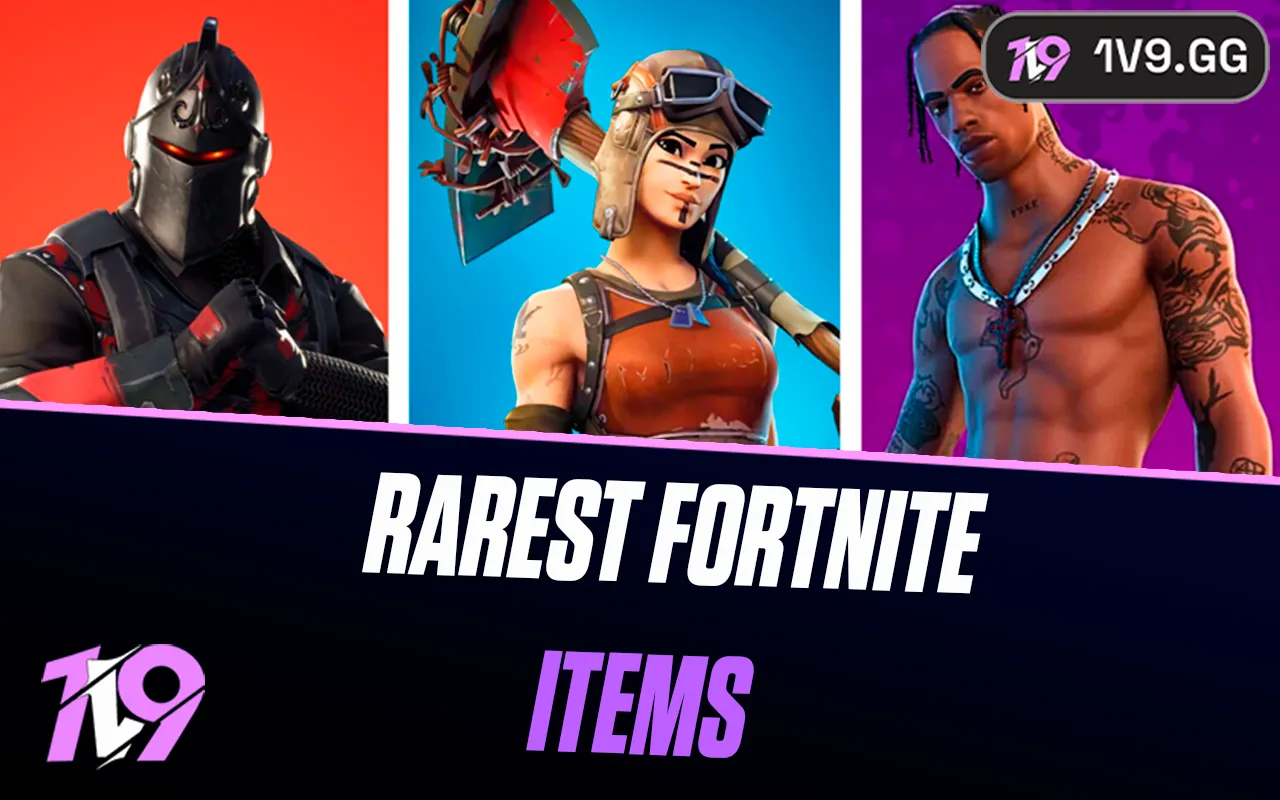- Home
Games
 League of Legends
League of Legends Valorant
Valorant-a6d5b3e156bb.webp) Fortnite
Fortnite Call of Duty
Call of Duty Clash of Clans
Clash of Clans GTA 5
GTA 5 Counter-Strike 2
Counter-Strike 2 Roblox
Roblox Rainbow Six Siege
Rainbow Six Siege Clash Royale
Clash Royale Minecraft
Minecraft Dota 2
Dota 2 Rocket League
Rocket League Genshin Impact
Genshin Impact Squad Busters
Squad Busters Rust
Rust Apex Legends
Apex Legends Pokemon Go
Pokemon Go XDefiant
XDefiant Hay Day
Hay Day Diablo 4
Diablo 4 LoL: Wild Rift
LoL: Wild Rift World of Warcraft
World of Warcraft FC 25
FC 25 Destiny 2
Destiny 2 Marvel Rivals
Marvel Rivals The Finals
The Finals Deadlock
Deadlock-9ede9dc6b01b.webp) PUBG Mobile
PUBG Mobile Forza Horizon 5
Forza Horizon 5 Growtopia
Growtopia Honkai: Star Rail
Honkai: Star Rail Warframe
Warframe 8 Ball Pool
8 Ball Pool Zenless Zone Zero
Zenless Zone Zero Path of Exile
Path of Exile Runescape 3
Runescape 3 Raid: Shadow Legends
Raid: Shadow Legends Lost Ark
Lost Ark WoW: Classic Era
WoW: Classic Era Summoners War
Summoners War WoW: Season of Discovery
WoW: Season of Discovery WoW Cataclysm
WoW Cataclysm WoW: Hardcore
WoW: Hardcore Throne and Liberty
Throne and Liberty Escape From Tarkov
Escape From Tarkov Mobile Legends
Mobile Legends New World
New World Path of Exile 2
Path of Exile 2 Blade Ball
Blade Ball Fisch
Fisch Pet Simulator 99
Pet Simulator 99 Pets Go
Pets Go-d8bcef7708c7.webp) One Piece Bounty
One Piece Bounty Anime Adventures
Anime Adventures Blox Fruits
Blox Fruits Adopt Me
Adopt Me Murder Mystery 2
Murder Mystery 2 Fragpunk
Fragpunk Wuthering Waves
Wuthering Waves Teamfight Tactics
Teamfight Tactics Free Fire
Free Fire Albion Online
Albion Online Black Desert Online
Black Desert Online Brawl Stars
Brawl Stars Honor of Kings
Honor of Kings Arena of Valor
Arena of Valor Call of Duty: Mobile
Call of Duty: Mobile Rematch
Rematch Steal a Brainrot
Steal a Brainrot Grow a Garden
Grow a Garden FC 26
FC 26 Old School Runescape
Old School Runescape Plants vs Brainrots
Plants vs Brainrots Overwatch 2
Overwatch 2 Battlefield
Battlefield Arc Raiders
Arc Raiders Dragon Ball Legends
Dragon Ball Legends Fallout 76
Fallout 76 Jailbreak
Jailbreak Type Soul
Type Soul GPO
GPO DonutSMP
DonutSMP- Lootboxes
- Become Affiliate
- Blog
- Contact Us
- Sign In

How to Play Ranked in League of Legends
League of Legends stands as a titan in the realm of multiplayer online battle arenas (MOBA), captivating millions of players worldwide each month. For a substantial portion of this player base, the ranked mode serves as the ultimate arena to measure prowess and climb the competitive ladder.
To embark on your ranked journey, it's crucial to understand the fundamentals. This guide will first take you through the hierarchy of LoL Ranks, ensuring you have a clear picture of the competitive landscape. We'll then detail the prerequisites for entering ranked play, outlining the requirements you'll need to meet to qualify for participation. Following that, we'll dissect the League of Legends ranking system, breaking down the various tiers and divisions that structure the competitive hierarchy. Finally, we'll delve into the mechanics of the ranked system, including an explanation of how League Points (LP) operate to track your progress and determine your placement within the ranks.
By navigating these key aspects, you'll be well-equipped to begin your ascent through the ranked tiers, testing your skills and strategy against fellow summoners in the quest for glory and recognition.
Quick Overview of All LoL Ranks

League of Legends employs a structured, tiered ranking system to classify players based on their skill level, with divisions serving as subcategories within each tier to further refine player rankings. This system spans from the entry-level tier of Iron to the pinnacle of competitive play in Challenger. Here is a detailed breakdown of the League of Legends ranks, arranged from the initial rung of the ladder to the apex of competitive prowess:
- Iron (Divisions IV ⇒ I)
- Bronze (Divisions IV ⇒ I)
- Silver (Divisions IV ⇒ I)
- Gold (Divisions IV ⇒ I)
- Platinum (Divisions IV ⇒ I)
- Emerald (Divisions IV ⇒ I)
- Diamond (Divisions IV ⇒ I)
- Master
- Grandmaster
- Challenger
Commencing at Iron IV and culminating in Challenger, players are tasked with winning matches and accumulating League Points (LP) to climb through the divisions and ascend the tiers. Advancing through the ranks demands an increasing level of skill, deep strategic understanding, and competitive acumen, underscoring the progressively challenging nature of the climb as players vie for supremacy in the League of Legends arena.
League of Legends Ranking System Explained
The ranking system in League of Legends operates on a sophisticated yet veiled Matchmaking Rating (MMR) mechanism, designed to gauge your skill level and ensure you're paired with players of comparable prowess. Although the specifics of your MMR remain confidential, its impact is directly observable through your assigned rank, tier, division, and the accumulation of League Points (LP).
Players are assigned distinct MMR values for both normal and ranked matches. Upon embarking on your ranked journey, your initial placement draws from your MMR in normal games as a foundational reference. Beyond this initial assessment, your ranked MMR evolves independently, solely influenced by your performance in ranked matches.
The essence of the system is straightforward: securing victories in ranked matches boosts your MMR, while losses diminish it. The matchmaking algorithm strives for equity, targeting a near-even chance of victory for both teams. A higher-than-rank MMR accelerates your ascent, rewarding you with increased LP gains for victories and mitigated losses upon defeat. Conversely, an MMR that trails behind your current rank results in steeper LP losses and modest gains, nudging you towards a rank more reflective of your skill.
Progress within the ranking system is demarcated by tiers and divisions, encompassing 10 distinct tiers subdivided into divisions, barring the Master, Grandmaster, and Challenger tiers. Advancement through divisions requires the accumulation of 100 LP, a milestone that propels you to the subsequent division or tier.
This intricate balance between MMR, LP, and your visible rank underpins your progression through the season. While MMR serves as the core indicator of skill, your rank and LP offer tangible milestones and benchmarks against the broader player base. Grasping the dynamics of this triad is instrumental in navigating the ranks and elevating your standing in the competitive hierarchy of League of Legends.
What is MMR in League of Legends?
Matchmaking Rating (MMR) in League of Legends is a behind-the-scenes numerical value assigned to each player, acting as a hidden metric that the game uses to assess individual skill levels. This value is crucial for the game’s matchmaking system, ensuring that players are matched with and against others of similar skill levels in both ranked and normal games, aiming to create balanced and competitive matches.
MMR is dynamic, adjusting after each game based on the outcome and the MMR of all participants. Winning a game generally increases your MMR, especially if you win against opponents with a higher MMR than yours, as this indicates your skill level may be higher than currently assessed. Conversely, losing a game, particularly to opponents with a lower MMR, will typically result in a decrease in your MMR.
Your MMR is not directly visible to you; instead, its effects are reflected through your rank and the League Points (LP) gained or lost after ranked matches. Players with higher MMRs compared to their current rank stand to gain more LP for wins and lose less for defeats, facilitating quicker progression through the ranks. On the flip side, if your MMR is lower than what's typical for your rank, you'll find LP gains to be smaller and losses larger, which could lead to rank adjustments that better align with your skill level.
Understanding MMR is key to comprehending how the game’s competitive landscape is structured and how individual performance influences both matchmaking and progression in League of Legends.
What is LP in League of Legends?
League Points (LP) in League of Legends serve as a tangible measure of a player's progression and standing within the ranked ladder system. Representing your successes and challenges in ranked play, LP is the currency that moves you through the ranks and divisions in the competitive hierarchy.
After each ranked game, players earn or lose LP based on the match's outcome—victories increase your LP, while defeats deduct from it. The amount of LP gained or lost after a match is influenced by your hidden Matchmaking Rating (MMR) relative to the average MMR for your current rank. Essentially, if your MMR suggests you're playing at a level above your current rank, you'll gain more LP for wins and lose less for defeats, accelerating your climb. Conversely, if your MMR is below the norm for your rank, you'll find it harder to gain LP and easier to lose it, nudging you toward a tier that matches your skill level more accurately.
To ascend from one division to the next within a tier, you need to accumulate 100 LP, at which point you'll enter a promotion series—a set of critical matches that determine if you advance. For promotion to a higher tier, you'll usually need to win two out of three games in your series. However, moving between divisions within the same tier generally requires a simpler win-more-than-you-lose criterion over a few games.
LP is a visible and immediate reflection of your ranked journey, marking milestones of achievement and offering feedback on your performance relative to the wider League of Legends community. It's a system designed to both challenge and reward, pushing players to improve and climb the ranks while providing a clear marker of competitive prowess.
What are LoL Ranked Requirements

To dive into the competitive ranked matches of League of Legends, your account needs to meet certain prerequisites:
Firstly, you're required to have unlocked at least 20 champions. This diversity in your champion pool is crucial for engaging effectively in team strategies, allowing for champion swaps and selections that can counter the opposing team's lineup during the draft phase.
Additionally, your account must reach Level 30. Achieving this level signifies that you've amassed sufficient experience in non-competitive games, gaining a solid grasp of the game's broader strategic elements, understanding objective control, and familiarizing yourself with various champion mechanics.
The journey to Level 30 and unlocking a sufficient number of champions demands time and dedication. However, for those eager to jump straight into ranked play, purchasing a pre-leveled LoL account from a reputable source like 1v9 presents an expedient alternative. These accounts are already equipped with a Level 30 status and a selection of champions and skins, streamlining your path to competitive matches.
Upon satisfying these requirements—reaching Level 30 and securing a roster of over 20 champions—placement matches become accessible at the onset of each ranked season. The outcomes of these initial matches play a pivotal role in establishing your starting rank, setting the stage for your ranked journey. As you progress, continuing to broaden your champion portfolio will be instrumental in adapting to the evolving demands of higher-level play, ensuring you have the versatility needed to ascend through the ranks successfully.
Conclusion
In essence, the ranked ladder in League of Legends offers a thrilling arena where you can pit your prowess against equally determined players. However, the journey up the ranks demands not only patience and perseverance but also a commitment to honing your skills and strategy. A thorough understanding of the LoL ranking system is crucial for setting achievable objectives and tracking your progress over time.
Your first step is to ensure you fulfill all prerequisites for participating in ranked matches. Following that, adopt a constructive mindset as you ascend through the various tiers, from Iron all the way to Challenger. It's imperative to reflect on your gameplay, recognize areas for improvement, and diversify your champion roster to enhance your adaptability during champion selection. With a focused approach and a commitment to continual improvement, the dynamic and competitive world of ranked League of Legends beckons.
Posted On: March 7th, 2024
Recent Articles
💬 Need help?
Our 1v9 support team is available 24/7 to help you with any questions or issues you may have.
support@1v9.gg
Loading...
1v9.gg is not endorsed or affiliated by any game developers or publishers.
2025 1v9, All Rights Reserved, Created By NightDev






